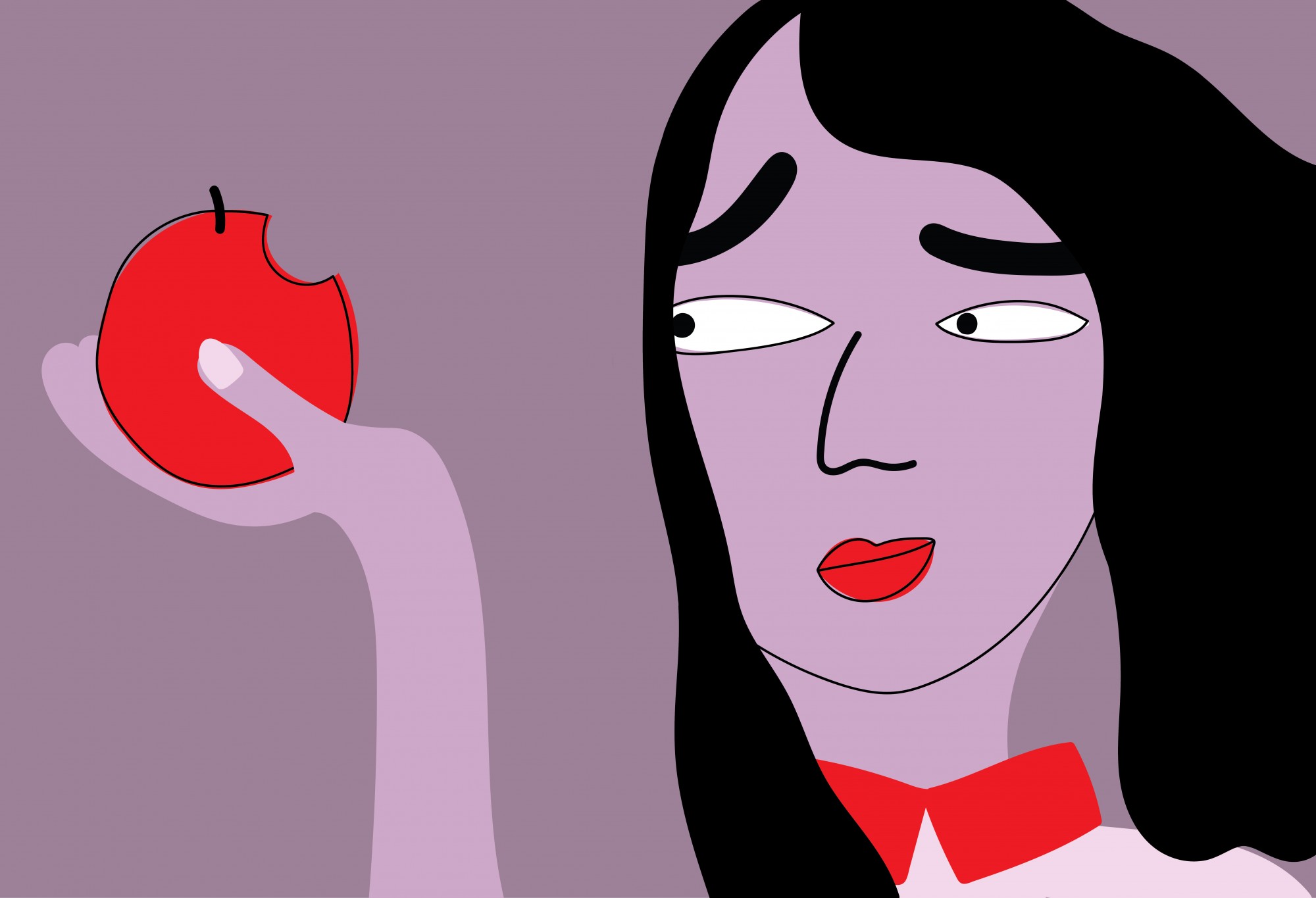With Minnesota universities and K-12 schools online through the end of the school year due to the COVID-19 pandemic, students seeking education degrees and teaching licenses must fulfill their student teaching requirements in different ways.
These students are typically required to complete 12 weeks of face-to-face continuous student teaching prior to graduation or gaining their teaching license. Now, the board that oversees these requirements is allowing teacher candidates at the University of Minnesota to complete the teaching virtually or by other means.
“We work really hard to support the [student] relationship with the school partner. Some [students] are doing distance learning,” said Stacy Ernst, director of the University’s Office of Teacher Education. “They’re working with the teachers to make packets or working with students in small groups. Some of them are co-teaching online and some are just working with the teacher to provide supplementary materials.”
Minnesota’s Professional Educator Licensing and Standards Board oversees the state regulations for student teaching. Due to the pandemic, the board is allowing institutions to file “discretionary variances,” which give students and instructors flexibility in completing these requirements.
“The state rules are written in a way that don’t allow for virtual [learning]. They have an expectation that it’s face-to-face and that it’s unbroken. All three of those things couldn’t happen in this new context, so that began a process of negotiating statewide with this board,” Ernst said.
Many students were left in unique situations, all with varying degrees of completion of the 12-week teaching requirement. Under the new rules outlined by the board, students with at least 10 weeks of student teaching were able to obtain their teaching licenses.
“PELSB has decided that the ten full-time weeks … will count for this year’s licensure requirements, so I don’t need to do any further assignments to make up lost time. I also took and passed my exams before all of the testing centers shut down,” said University graduate student Liz Dengate in an email to the Minnesota Daily.
Candidates with between six and nine weeks of student teaching are required to complete additional teaching through distance learning. University graduate student Laura Jankowski has been able to continue teaching within her early childhood education program.
“My cooperating teacher and other kindergarten teachers have included me in their distance learning planning and instruction. Most of my contributions have been to create science, math and literacy video learning series for students to view,” Jankowski said.
Students with fewer than six weeks of teaching experience require the most specific and individualized plans, Ernst said. University undergraduate teaching student Laura Wyatt was four weeks into her program when K-12 schools shut down.
“I had been in Grand Rapids for four and a half weeks and had really started to hit my stride in student teaching and had started to build impactful relationships with students,” Wyatt said. “The worst part for me was that we got this email after the school day had ended, meaning I never was able to say a proper goodbye to my students.”
Although the shift to distance learning has impacted teacher candidates and will likely change curriculum in the future, students have been prepared to depend on the use of technology in the classroom, Ernst said.
“We’re certainly going to be thinking more about this distance learning and online pedagogy,” Ernst said. “We will also be thinking about as we go forward, how we can continue to support our teacher candidates.”








